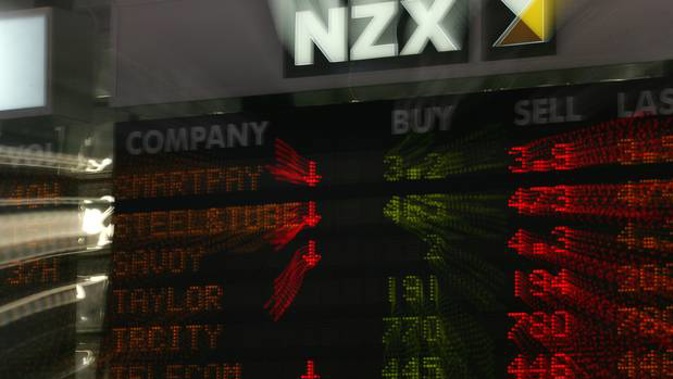
Interest rates in the US are a major focal point at the moment.
They're going up because the US economy is strong, but if they rise too much they could derail that growth story.
The American equivalent of the OCR is higher than ours for the first time since March 2000, while the US 10-year Treasury yield is oscillating around the important three per cent level.
Which of these should investors be watching, and how high is too high?
The answer is all of them, and rather than a specific level it's more the relationship between short and long term rates that is most important.
The 'yield curve' is a line that plots interest rates over different maturity dates.
Under normal circumstances, longer-term interest rates are higher than short-term rates as lenders demand greater compensation for locking their money up for longer periods.
However, as investors sniff out trouble on the horizon they begin to factor in lower interest rates in the years ahead.
This increasing willingness to accept a lower return in the future sees longer-term rates fall below short-term rates (which are driven primarily by central bank policy) and the yield curve becomes downward sloping, or inverted.
This has proved to be a very good predictor of recessions in the past.
There have been seven US recessions in the last 50 years, and the yield curve has inverted ahead of every single one.
It's also something investors should watch closely.
Major sharemarket declines are very rare outside of downturns in the economy, but hard to avoid during them.
There have been seven occasions where the US sharemarket has fallen more than 20 per cent during the last 50 years.
Six were accompanied by a recession, with the only exception being the infamous 1987 crash.
That was due to excessive speculation, rather than economic woes.
This last time the yield curve became inverted was late 2006. The S&P 500 peaked a year later, and the recession followed soon after.
Similarly, in late 1989 the yield curve provided an early warning of a looming economic slump, ahead of the peak in the S&P 500.
I should point out that sharemarkets themselves can be very good predictors of impending economic problems.
Sometimes the market starts to fall before we see other indicators flashing red (as was the case in 1973 and in 2000).
However, a recession can turn a garden variety market correction into something more severe, so these signals can still help determine if the prevailing weakness will blow over or get substantially worse.
Encouragingly, the yield curve isn't pointing to trouble ahead at the moment. The Federal Reserve is increasing short term interest rates, but longer term rates are higher still.
Although monetary policy is getting tighter, it's not yet restrictive and economic growth is more than offsetting the rate hikes.
Markets will hit the usual potholes as the world gets to grips with rising interest rates, growing trade tensions, stretched valuations and the like.
However, the recessionary alarm bells aren't ringing, making something more sinister unlikely.
Mark Lister is Head of Private Wealth Research at Craigs Investment Partners
Take your Radio, Podcasts and Music with you









